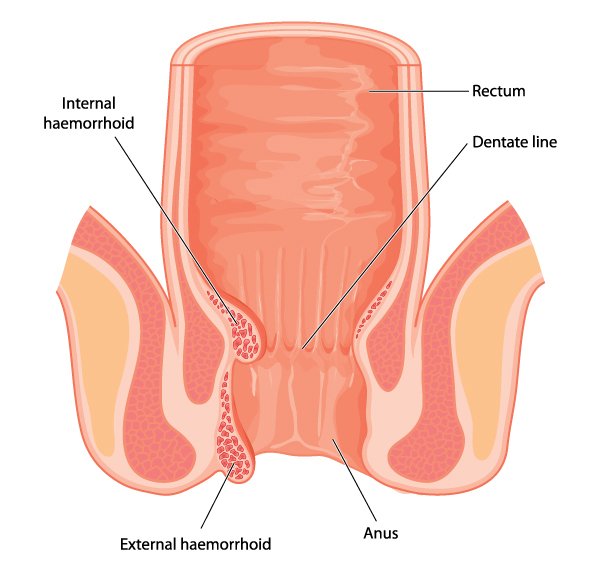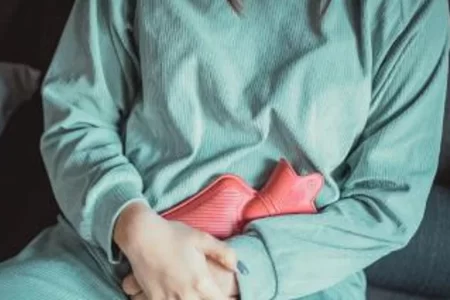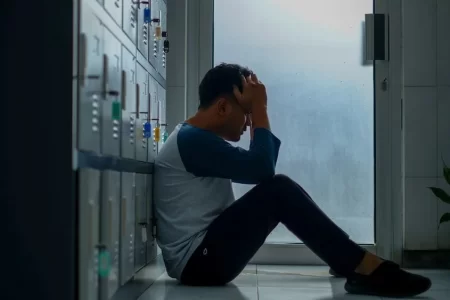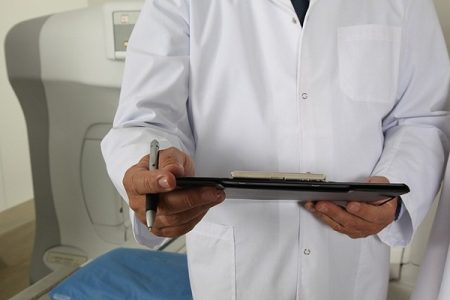Hemorrhoids (Piles)
Hemorrhoids, also called piles, are inflamed veins in your anus and lower rectum. Hemorrhoids can develop due to a number of causes. The cause though is often not known. Some reasons that can cause the formation of hemorrhoids are such as straining during bowel movements, increased pressure on veins during pregnancy, etc.
Hemorrhoids may be located inside your rectum (these are called internal hemorrhoids), or they may develop inside the skin around the anus (these are called external hemorrhoids).
How do hemorrhoids look like?
If you’ve hemorrhoids or something similar, you might be wondering what a hemorrhoid is and how it may look like so you can self-diagnose your condition or confirm whether it is not something else so you can meet a doctor accordingly.

As mentioned above, hemorrhoids can be of two types – internal hemorrhoids and external hemorrhoids.
How hemorrhoids may appear depends on the type of hemorrhoid. What a hemorrhoid look like also depends on its stage.
Hemorrhoids are inflamed and swollen blood vessels that develop in and around the anus. These blood vessels can stretch when a pressure is applied on and around them.
Many people who have hemorrhoids do not experience symptoms. The most common symptom of internal hemorrhoids is red blood in the stool or blood on the toilet paper after wiping. Read more about symptoms of hemorrhoids.
What do external hemorrhoids look like?
External hemorrhoids are easy to self-diagnose because they can be seen and felt by hand easily. These are generally quite painful. You may experience pain in the surrounding areas too. You will notice a swollen or a hard lump around the anus. Excessive straining, rubbing or cleaning around the anus may cause irritation and bleeding or itching.
You can take a mirror and see them yourself.
What do internal hemorrhoids look like?
An internal hemorrhoid is not visible, and is generally not painful. These are tiny swellings on the inside of the anus.
Sometimes, though internal hemorrhoids are still inside the anus, but may slightly stick out when stool passes by and later goes back in quickly.
In some cases, an internal hemorrhoid may protrude through the anus outside the skin making it more irritated and painful. This is called a protruding hemorrhoid.
What to do if I note hemorrhoids in self-diagnosis?
It is easy to self-diagnose external hemorrhoids, but it may be difficult for you to confirm whether it is a hemorrhoid, if it is internal. If you suspect you have hemorrhoids, you should contact your doctor for proper diagnosis.
There are options to treat hemorrhoids without developing further complications. Your doctor can guide you about the treatment. Natural remedies are good options if the hemorrhoids are in the initial stage and not prolapsed/thrombosed.
Try to avoid straining when going to toilet. Try to prevent constipation and drink plenty of water. Eat a lot of fruits and vegetables. Read more about treatment and management of hemorrhoids.
How do you know if it’s just a hemorrhoid?
The common symptoms of hemorrhoids are:
- Red and bright blood in stool. You can see it on toilet paper or in the toilet bowl
- Pain in and around anus
- Irritation around your anus region
- Swelling or a lump around the anus
- Itching
These are some common signs that indicate the mass you notice around your anus might be hemorrhoids. Meet your doctor if you notice any such signs.






